Interior Health offers post-flood health and safety tips
Interior Health is advising Kootenay Boundary residents who are returning to their homes after flooding to take the following precautions to protect their health.
General Precautions:
· Wash your hands often if you have been cleaning up after a flood, especially before handling or eating food.
· Wash with warm soapy water and then sanitize all utensils, dishes and surfaces that may come in contact with food, such as drawers, shelves, cutting boards and countertops. A simple sanitizing solution can be made by mixing 30ml of regular household bleach per 4.5 litres of water (about one oz. bleach per gallon of water).
· For more information, visit the BC Guide to Disaster Recovery, Step Six – Cleaning Up After a Flood.
Food
· Do not eat any food that may have come directly into contact with flood water. If in doubt, throw it out. This includes home canned foods, and food items packaged in plastic, paper, cardboard, cloth, and similar containers that may have come directly into contact with flood water.
· Washing, sanitizing, or cooking food may not destroy dangerous bacteria and chemical contaminants.Furthermore, normal cooking temperatures may not be enough to destroy disease causing microbial agents;
·Commercially produced canned food should only be opened and consumed after the label has been taken off and the can has been washed well in warm soapy water then disinfected in a sanitizing mixture;
· Throw out boxed foods, fresh vegetables and fruit, bottled drinks and home preserves;
· Throw out all perishable foods that have been at temperatures above 4°C for more than two hours such as, meat, poultry, eggs and dairy products;
· Previously opened bottled food and drink products should be thrown out because it is very hard to clean under the caps. Unopened bottles with signs of seepage should also be discarded.
Drinking Water
If you are using a Public Water Supply System
· Contact your supplier for information and pay attention to information shared by your local media such as community bulletins, newspapers, and local radio stations;
· You can also visit your Regional District website to see if your drinking water is impacted by the flood;
· Your water supplier may issue a Boil Water Notice or Do Not Consume advisory based on the health risks.
A current list of water advisories and notices is available at: www.drinkingwaterforeveryone.ca/.
If you are using a Private Water System
· Do not drink or use water that has been impacted by floods.
· Your drinking water source needs to be tested and may require treatment before consumption can resume.
· Even if you are not feeling sick, your water may be unsafe.
· Some contaminants found in impacted water cannot be seen, tasted or smelled, but can be harmful to your health.
For information on testing your water, refer to Well Water Testing(this information is also applicable to surface water sources).
For information on disinfecting your water system, refer to Disinfecting Drinking Water.
Sewage:
· Do not use your sewage disposal system until you know it is capable of handling waste.
· If your home is connected to a municipal sewer, you will be notified when the system has been restored.
· If your home is connected to a septic system, it may be damaged by flood waters. Do not use the septic system until water has receded to 90 cm below ground level in the vicinity of the septic field.
· Avoid having the septic tank emptied if the ground is saturated. The surrounding water pressure may propel an empty tank out of the ground. If you think your septic system may be damaged by flood waters, discontinue use of the system and have it assessed by an Authorized Person.
Other precautions
· Flooding can saturate insulation and wallboard, carpets and furniture and create suitable environment for mould. Some moulds can be toxic but almost all moulds can irritate your respiratory system, eyes, and skin, particularly in people with allergies. To minimize risk of mould, remove saturated items from your home and dry the surfaces as soon as possible to reduce the opportunity for mould growth;
· All electrical wiring in buildings that has been partially or fully covered by flood water must be checked by a qualified electrician or electrical inspector before being put into service again. Any loose wires should be considered “live” and are a definite hazard;
· If water levels were high enough to cover the gas meter, call your local gas provider to check your meter and regulator before using your gas system. Flood waters may have shifted your home or caused other stresses to the gas piping. If you smell gas, or if there is evidence of a gas leak, do not enter the building. Call the 24-hour emergency line at 1-800-663-9911, or your local fire department for help;
· Fridges or freezers that have been exposed to flood water pose risks to health and should not be used. Insulation materials within flood-exposed fridges and freezers can absorb this contaminated water, which will pose significant ongoing risk to health.
For more information, go to https://www.interiorhealth.ca/YourEnvironment/Emergency/FloodsLandslides/Pages/default.aspx
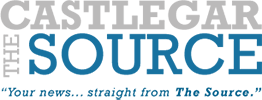

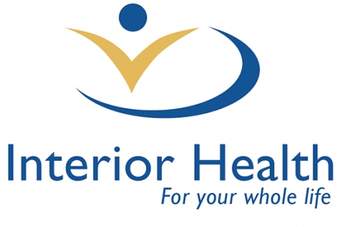
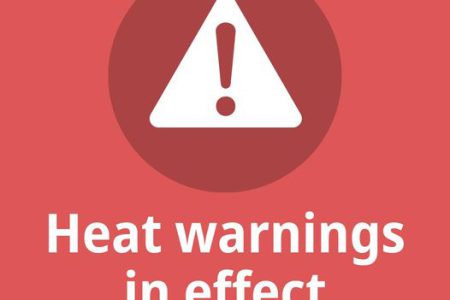
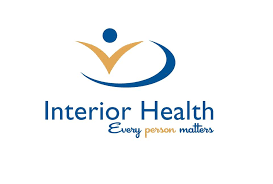
















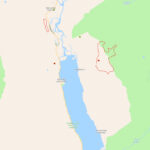




Comments